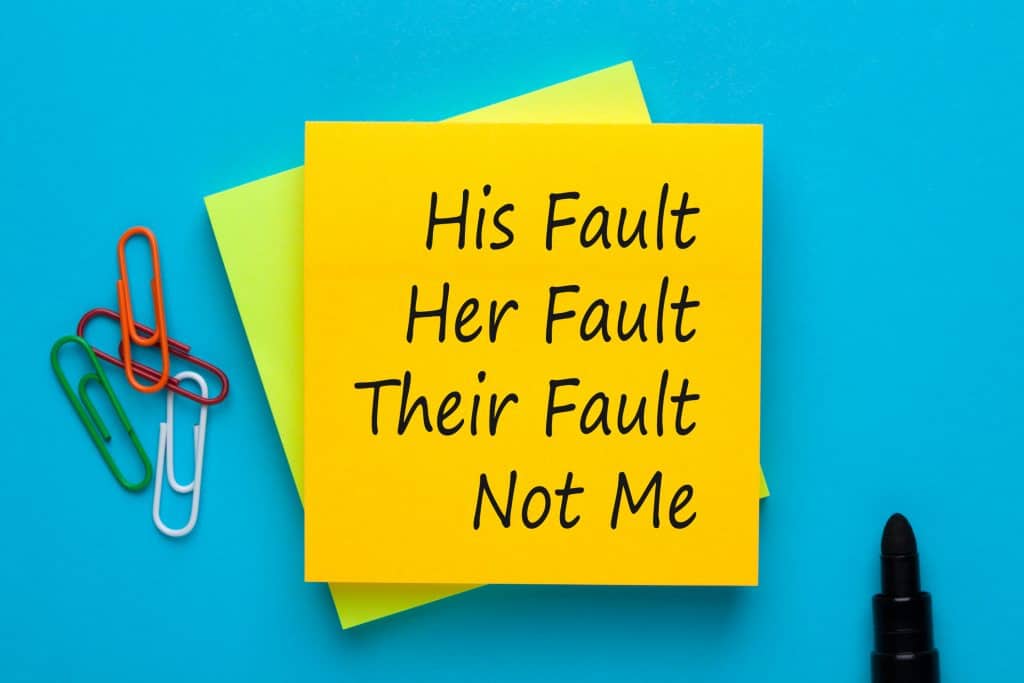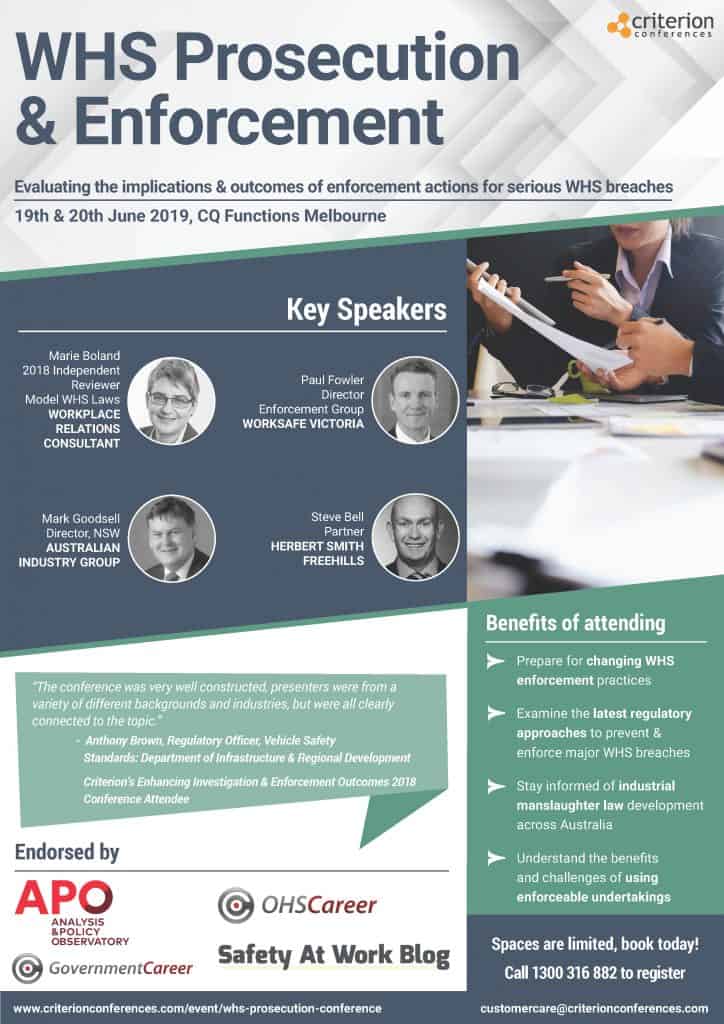Productivity, like Safety, is one of those words that is used frequently without a clear and uniform definition. This causes confusion when advocating for occupational health and safety (OHS) interventions that improve productivity.
Safety does not increase productivity but it can minimize lost productivity. Let me try to explain by focusing on labour productivity. Every worker has a certain level of productivity, that is, the creation of a product or the delivery of a service. This level can be affected by family issues, work stressors, poor working conditions and environment. This distraction and discomfort lowers a worker’s productivity. OHS aims to reinstate the worker’s optimum productivity through various operational and procedural changes. OHS tries to close the gap between low labour productivity and peak productivity.
Continue reading “Be clear on what is meant by productivity”





